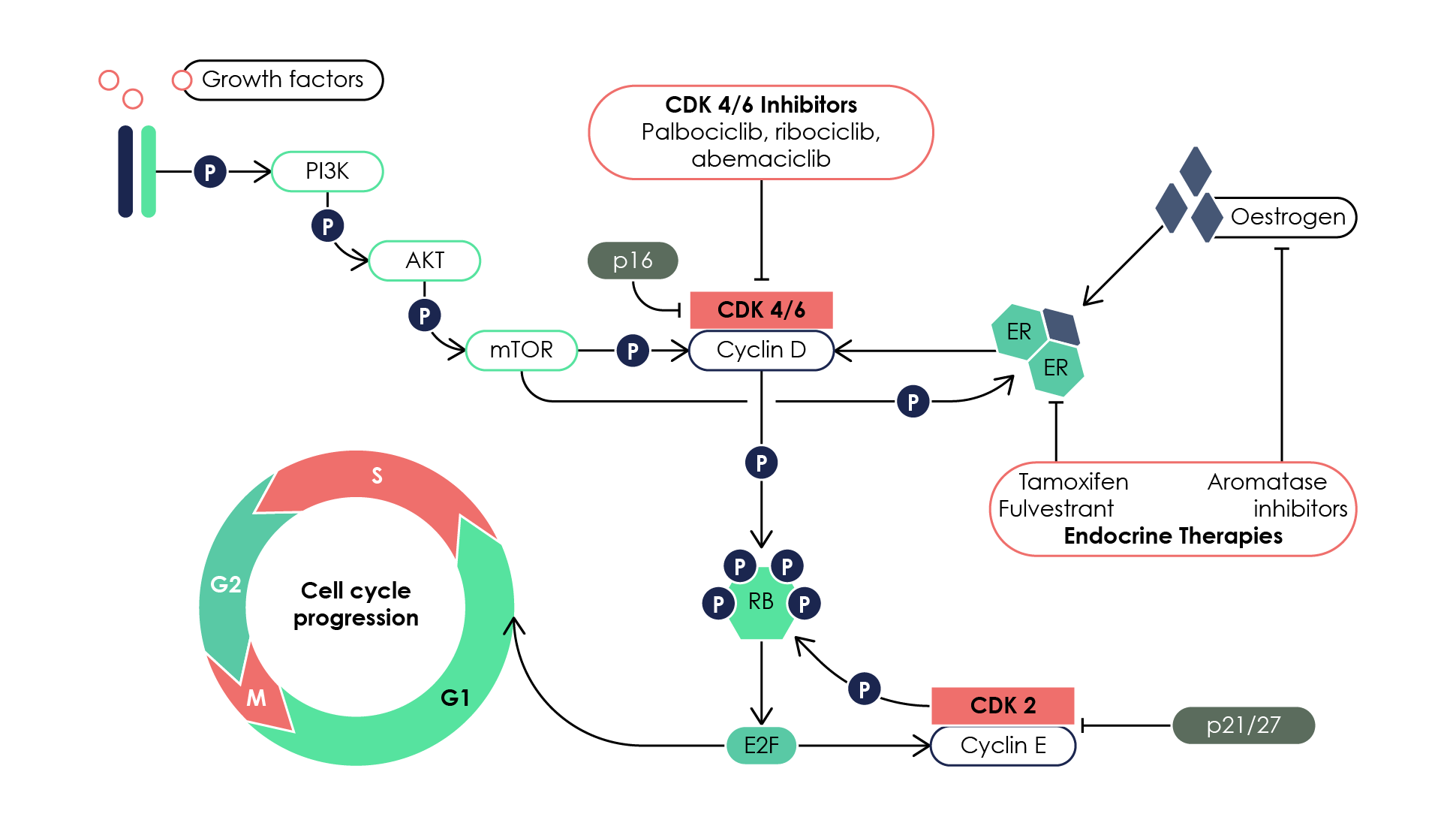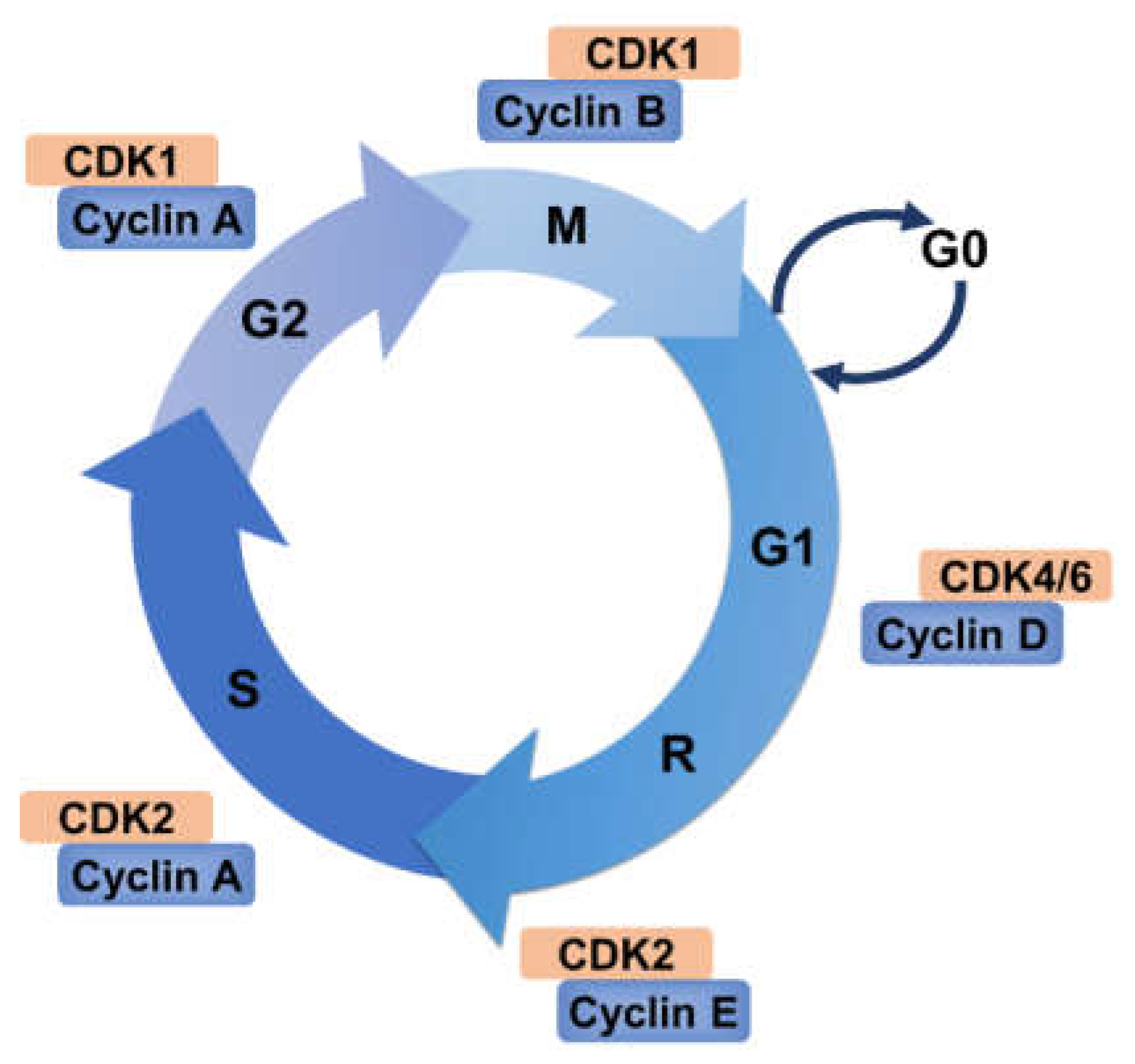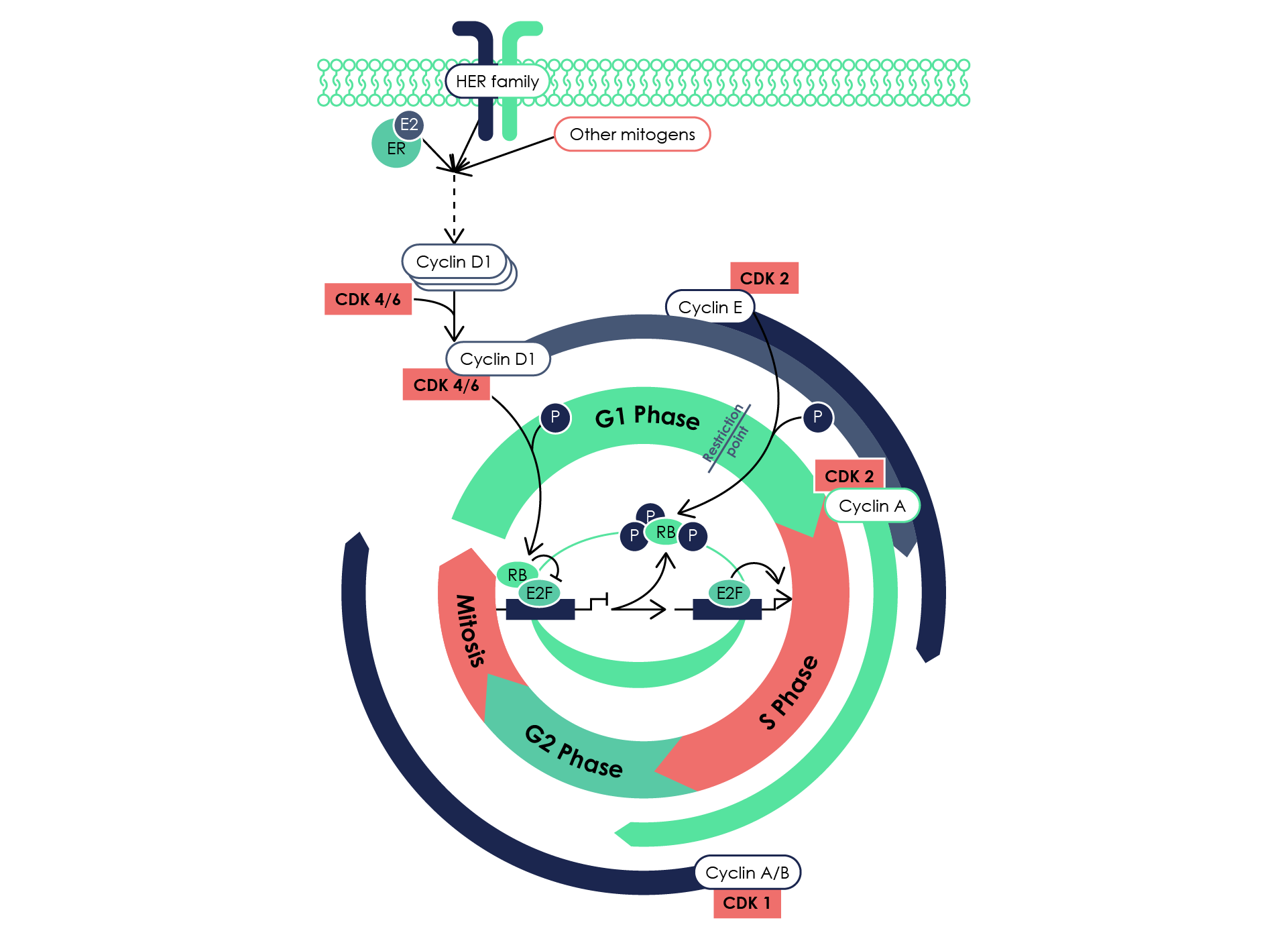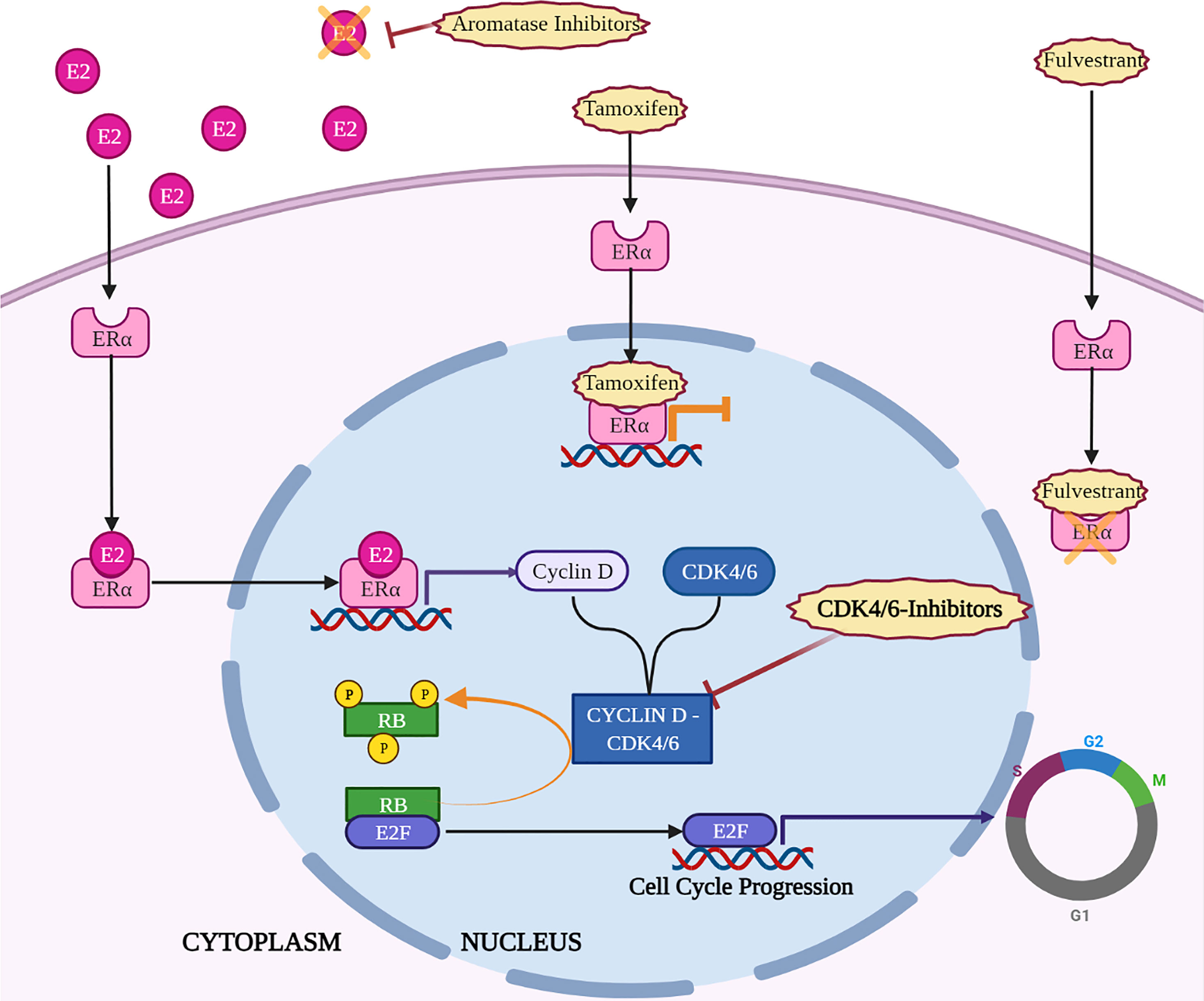
ROS generation is upstream of JNK activation and JNK activation is
The CDK family comprises 21 phosphotransfer enzymes with diverse cellular functions. CDK1, −2, −4 and −6 play key roles in the regulation of the eukaryotic cell cycle, CDK8-9 and −19 are involved.

CDK4/6 Inhibitor Selection
Cyclin-dependent kinases (CDKs) lie at the heart of eukaryotic cell cycle control, with different cyclin-CDK complexes initiating DNA replication (S-CDKs) and mitosis (M-CDKs)1,2. However, the.

The cryoelectron microscopy structure of the human CDKactivating
Cyclin-dependent kinase (CDK) targeted drug discovery strategies have predominantly used biochemical, activity-based assays coupled with structural insight to improve inhibitor potency and selectivity.

The effects of CDK inhibition on CDK1 kinase activity and its
Emerging approaches to CDK inhibitor development, a structural perspective I. Hope, J. A. Endicott and J. E. Watt, RSC Chem. Biol., 2023, 4, 146 DOI: 10.1039/D2CB00201A This article is licensed under a Creative Commons Attribution 3.0 Unported Licence. You can use material from this article in other publications without requesting further permissions from the RSC, provided that the correct.

IJMS Free FullText The Involvement of Ubiquitination Machinery in
Introduction. Cell division is controlled by various elements [1-10], especially serine/ threonine protein kinase complexes, called cyclin-dependent kinases (CDKs), and cyclins, whose expression is prominently regulated by the binding to CDK inhibitors [11, 12].In all eukaryotic species, these genes are classified into different families. It is well-established that the complexes of cyclin.

The four Cdks that directly mediate transcription (Cdk9, Cdk7, Cdk8
Description. Overview. A cell-permeable, non-toxic, phenylaminopyrimidinyl-acrylamide compound that acts as a highly potent, selective, ATP-site directed, and irreversible inhibitor of Cdk7 (IC 50 = 3.2 nM). Acts by allosterically and covalently modifying Cys312 located outside the canonical kinase domain.

Perhutani Perhutani Bersama IPKINDO Dan CDK Wilayah VIII Gelar
A covalently bound CDK inhibitor is an attractive strategy for achieving very high levels of biochemical and cellular selectivity leading to a more durable therapeutic response and, potentially, less severe side effects.. (JH-XI-10-02, compound 3) based on ATP-competitive dual CDK8-CDK19 inhibitors JH-VIII-49 (Cortistatin A derivative) 141.

Cyclindependent kinase 7 wikidoc
A cyclin-dependent kinase inhibitor (CKI) is a protein that interacts with a cyclin-CDK complex to block kinase activity, usually during G1 or in response to signals from the environment or from damaged DNA. [1] In animal cells, there are two major CKI families: the INK4 family and the CIP/KIP family. [1]

Digital Development Gene Details
Cyclin-dependent kinases (CDKs) are protein kinases characterized by needing a separate subunit - a cyclin - that provides domains essential for enzymatic activity. CDKs play important roles in the control of cell division and modulate transcription in response to several extra- and intracellular cues. The evolutionary expansion of the CDK family in mammals led to the division of CDKs into.

CDK4/6 Inhibitors
Cyclin-dependent kinases (CDKs) are involved in many crucial processes, such as cell cycle and transcription, as well as communication, metabolism, and apoptosis. The kinases are organized in a pathway to ensure that, during cell division, each cell accurately replicates its DNA, and ensure its segregation equally between the two daughter cells.

Frontiers CDK4/6 Inhibitors in Combination Therapies Better in
The Cyclin-dependent kinase (CDK) class of serine/threonine kinases has crucial roles in the regulation of cell cycle transition and is mainly involved in the pathogenesis of cancers. The expression of CDKs is controlled by a complex regulatory network comprised of genetic and epigenetic mechanisms, which are dysregulated during the progression of cancer. The abnormal activation of CDKs.

CDK4 pathway. In response to mitogenic signaling, CDK4 and CDK6
CDK-9 inhibition assay was achieved through CDK-9 Kit from Biosciences (San Diego, USA) and utilized as the industrialist's prescript. The procedure was done in triplicate and IC 50 magnitude for the selected candidates VII, VIII, X, and XIII were detected according to the reported method [73]. 4.2.3. Apoptosis estimation

Antiprogestin Effects on Cyclin, CDK, and CDK Inhibitor Abundance
Cyclin-dependent kinases (CDKs) are key players in cell cycle regulation. So far, more than ten CDKs have been described. Their direct interaction with cyclins allow progression through G1 phase, transitions to S and G2 phase and finally through mitosis (M). While CDK activation is important in cell renewal, its aberrant expression can lead to the development of malignant tumor cells.

(PDF) Cyclindependent kinases
To date, the CDK inhibitors (CDKIs), specifically the ones that block the enzyme activity of CDK4 and CDK6 (CDK4/6), have been approved by FDA for the treatment of metastatic hormone receptor positive breast cancer.

Figure 1 from CyclinDependent Kinases (Cdk) as Targets for Cancer
CDK7 is a cyclin-dependent kinase shown to be not easily classified. CDK7 is both a CDK-activating kinase (CAK) and a component of the general transcription factor TFIIH . Introduction

Structural basis of inhibition of CDKcyclin complexes by INK4 inhibitors
Recent studies on cyclin-dependent kinase (CDK) inhibitors have revealed that small molecule drugs have become very attractive for the treatment of cancer and neurodegenerative disorders. Most CDK inhibitors have been developed to target the ATP binding pocket.